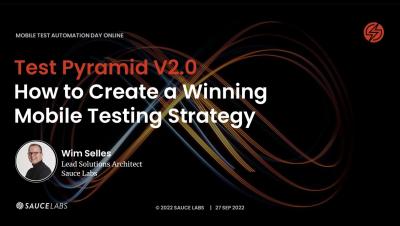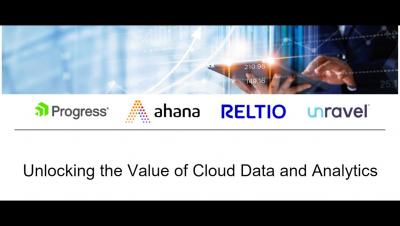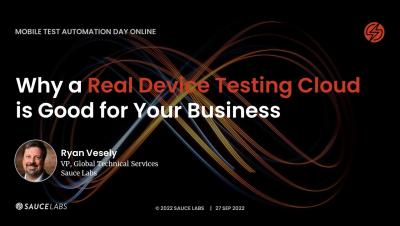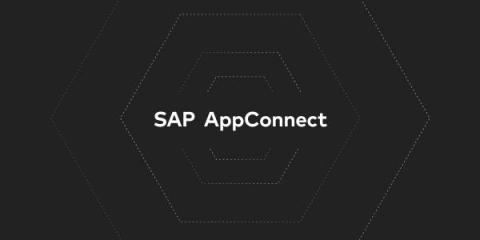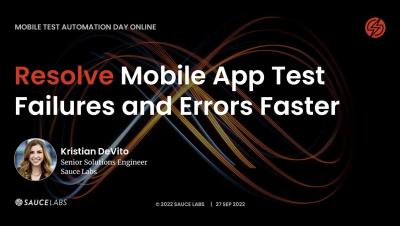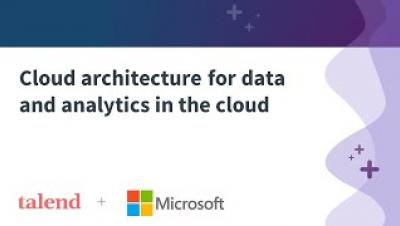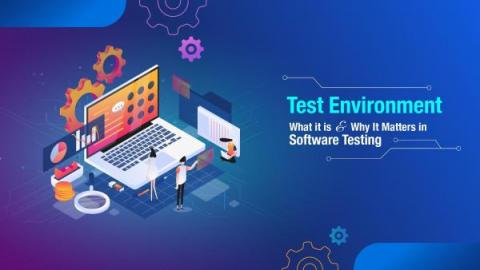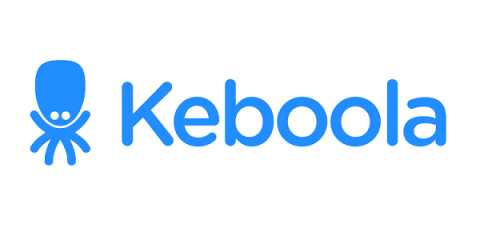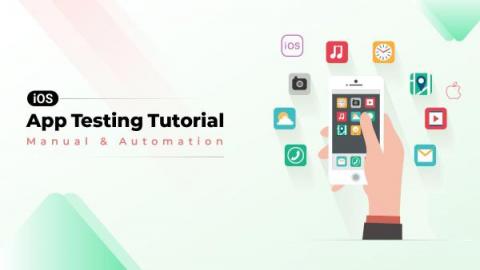Systems | Development | Analytics | API | Testing
Technology
Webinar: Unlocking the Value of Cloud Data and Analytics
Why a Real Device Testing Cloud is Good for Your Business: Mobile Test Automation Day Online
Fivetran SAP AppConnect simplifies data integration to cloud
Fivetran SAP AppConnect enables enterprises to perform log-based change data capture despite common license restrictions for databases managed by SAP applications.
Resolve Mobile App Test Failures and Errors Faster: Mobile Test Automation Day Online
Enterprise data and analytics in the cloud with Microsoft Azure and Talend
Test Environment: What it is And Why It Matters in Software Testing
In the simplest terms, a test environment is an interface (often a virtual environment) when software tests are executed. This includes the server required to power test infrastructure and hardware and software configurations to match specific projects and use cases; devices, browsers, operating systems, automation frameworks, network configuration, data, streaming implementation for testing over the cloud, etc.
A Guide to Principal Component Analysis (PCA) for Machine Learning
Principal Component Analysis (PCA) is one of the most commonly used unsupervised machine learning algorithms across a variety of applications: exploratory data analysis, dimensionality reduction, information compression, data de-noising, and plenty more. In this blog, we will go step-by-step and cover: Before we delve into its inner workings, let’s first get a better understanding of PCA. Imagine we have a 2-dimensional dataset.
How to Do Data Labeling, Versioning, and Management for ML
It has been months ago when Toloka and ClearML met together to create this joint project. Our goal was to showcase to other ML practitioners how to first gather data and then version and manage data before it is fed to an ML model. We believe that following those best practices will help others build better and more robust AI solutions. If you are curious, have a look at the project we have created together.
iOS App Testing Tutorial: Manual & Automation
In the 2018 WWDC talk, Tim Cook said, “We’re also happy to announce that this week we’re going to achieve another huge milestone. The money that developers have earned through the App Store will top $100 billion.” He further announced, “There are now 20 million registered developers on the App Store.” Although, this number might be way out of the ballpark considering that 2016 statistics showed just 2.8 million iOS application developers.


